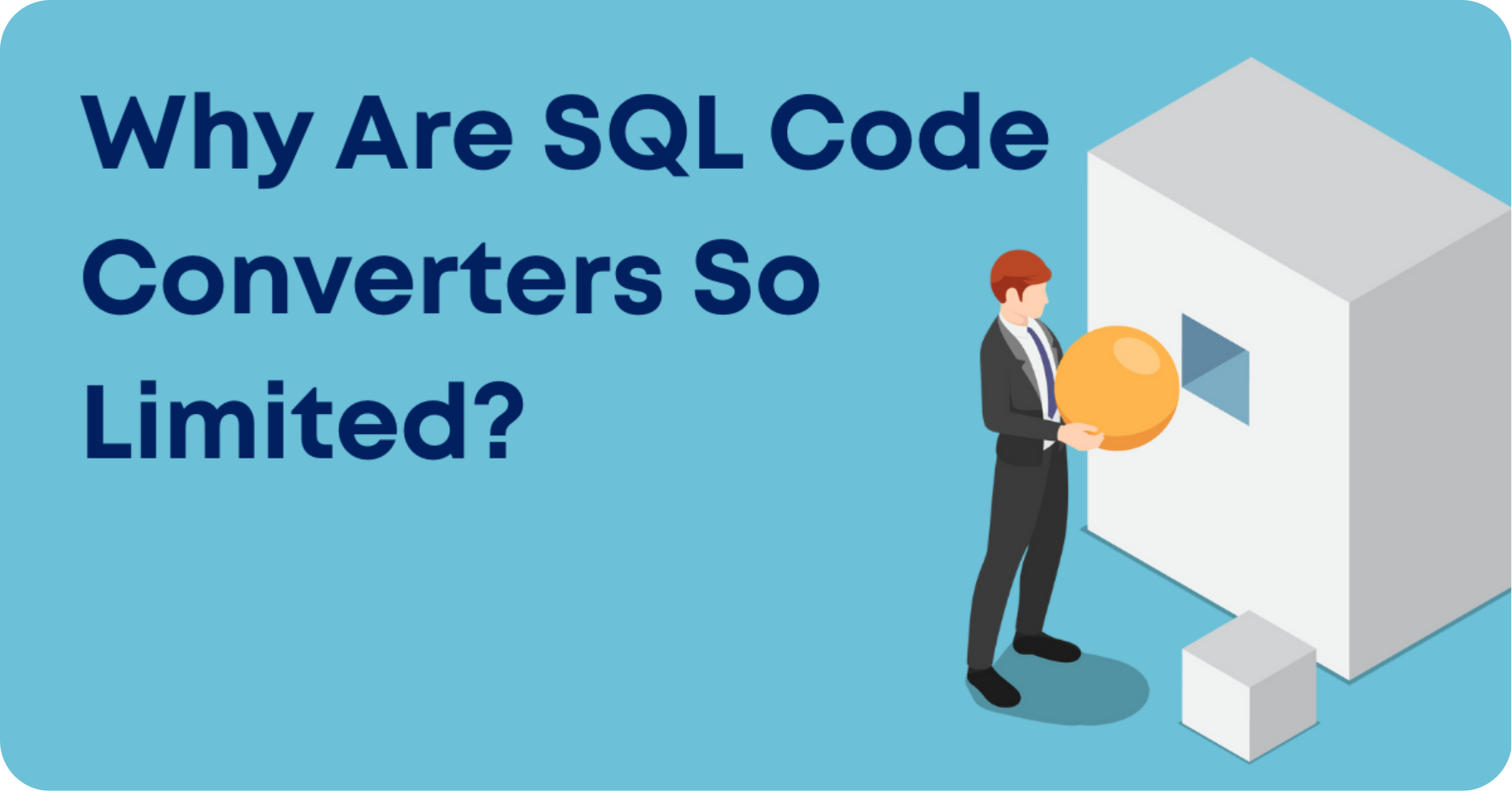This article appeared on Forbes
AI is currently redefining every aspect of computing. It seems there’s a new application area being disrupted by AI every day. So why not use AI for one of the hardest problems IT is currently facing: database migrations? After all, enterprises worldwide are scrambling—and struggling—to move their data processing to modern cloud databases.
But first, why migrate your database at all? Businesses demand new data platforms to create new revenue, ensure compliance and streamline business processes. In addition, they are eager to squeeze out cost savings. And of course, they look to get all this without any disruption to their business processes.
When it comes to difficulty, problems don’t come much harder than a conventional database migration. Migration projects are infamous for being extremely labor-intensive, time-consuming and costly. And over the past 40 years, they have successfully defied automation. It is not for lack of trying, though. The space has seen a plethora of tools that translate schema or SQL with various degrees of completeness.
This part of our industry goes all the way back to the 1990s. But despite all these efforts, the general migration problem is still considered unsolved.
Why are database migrations so hard?
Applications are written and configured for a specific type of database supplied by a specific vendor. Conventional wisdom has it that in order to move to a new database, one must rewrite one’s applications. Flawed as this approach may be, it is, unfortunately, still the standard way of approaching the problem.
It is easy to see that this conventional type of migration is an all-or-nothing approach—you can’t just run half your applications on the old and half of them on the new database. The proverbial “boiling the ocean” is not only a temptation but an inevitable reality. And so, migrations quickly turn into massive rewrite projects.
About Mike Waas, CEO Datometry
Mike Waas founded Datometry with the vision of redefining enterprise data management. In the past, Mike held key engineering positions at Microsoft, Amazon, Greenplum, EMC, and Pivotal. He earned an M.S. in Computer Science from the University of Passau, Germany, and a Ph.D. in Computer Science from the University of Amsterdam, The Netherlands. Mike has co-authored over 35 peer-reviewed publications and has 20+ patents on data management to his name.


